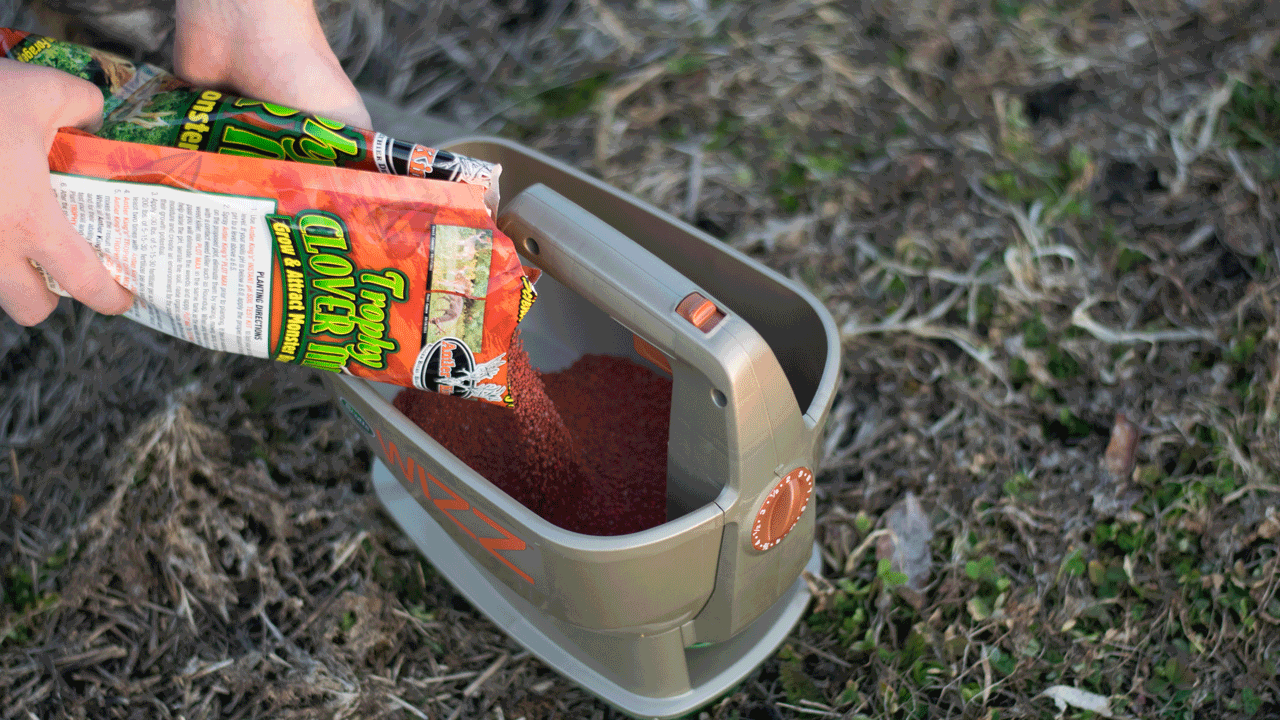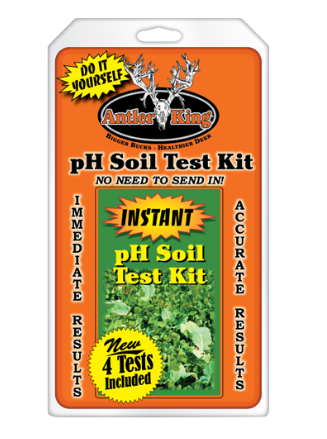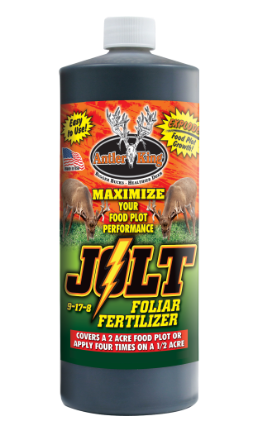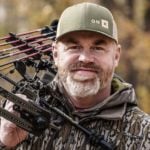Warmer days are finally here, and the time has come to begin working on the food plots that will benefit our fall hunting opportunities. If you’ve been considering adding a food plot on the property you hunt, but have felt overwhelmed with the process, read on. We’re going to catch up with the crew from Antler King and take a closer look at 7 steps for success when it comes to how to plant a food plot.
Check out the video below for a look at how to plant a food plot…
How to Plant a Food Plot in 7 Easy Steps
As discussed in the video above, there are basically 7 steps you need to take when planting a food plot. The key is to lay out your plan and then stick to your plan. Don’t get lazy. Don’t cut corners. Follow the steps, do the work, and you’ll have a food plot that will produce for your local deer herd.

Follow these 7 steps to food plot success.
Step 1 – Soil Testing
Once you’ve selected your food plot site, you can begin with taking a soil test. This is an important step that often gets overlooked. Antler King offers a pH Soil Test Kit that’ll make the job easy. For the best growing results, a pH reading at 7.0 is desired. A lower pH level, like 5.5, may result in poor germination and stunted plant growth.

Make sure your soil is at the proper pH level.
Step 2 – Eliminating Weeds & Soil Conditioning
Be sure to eliminate weeds from your food plot site with the use of Roundup or similar product to rid the area from unwanted plants and vegetation. You can also use Antler King’s Plot Max product. Plot Max will optimize germination, root development, growth and moisture retention through improved soil conditions.
Step 3 – Liming / Adding pH to Soil
Liming is the means by which we raise the pH level in soil. The proper pH level allows plant to fully utilize the fertilizer that you spread on your plot. You can find lime in two varieties. Agriculture lime that is bought in bulk by the truckload and pelletized lime that comes in bags. Again, the purpose of liming is to raise the soil’s pH level to that 7.0 mark for the perfect environment for plants to thrive.
Step 4 – Fertilizing
Before you begin the tilling process, you will want to spread fertilizer. Fertilizer provides food to plants for proper root development and to maximize growth. You will find fertilizer bags feature a 3-number sequence. The first number stands for the amount of Nitrogen in the bag. The second number stands for the Phosphorus, and the third number stands for Potassium.
Step 5 – Tilling
The tilling process is vital as it works the lime and fertilizer into the ground, as well as any soil conditioners you have added. Use your disc or harrow to work up the top 4 to 8 inches of soil to create the proper seed bed for proper germination.
Step 6 – Seeding Your Plot

Antler King Jolt
Antler King recommends using a cultipacker for smaller seeds. This will create a firm seed bed. Next, you’ll broadcast your seed, followed by another round with the cultipacker. This will ensure proper seed-to-soil contact. Small seeds need to be less than a 1/4″ deep when planted.
For larger seeds, use a planter, drill or pull-behind spreader to dispense seeds. After spreading seed, follow up with a drag to cover them. These larger seeds should be planted up to 1/2″.
Step 7 – Food Plot Maintenance
Once your food plot is established, you will need to maintain it to see continued growth and benefit to your local deer herd. One way to maintain your food plots for maximum tonage is to use a product like Antler King Jolt. Jolt is a liquid fertilizer designed to be applied to existing plants to ensure continued growth. You’ll want to wait until plants are at least three inches high and then apply Jolt every three to four weeks.
Don’t let the thought of tackling your own food plots keep you from making it happen. Follow the steps mentioned above, add your own hard work and sweat, and watch how it impacts the properties you’re hunting this season.
Be sure to check out all the latest food plot products and info at www.antlerking.com.

 By
By 



